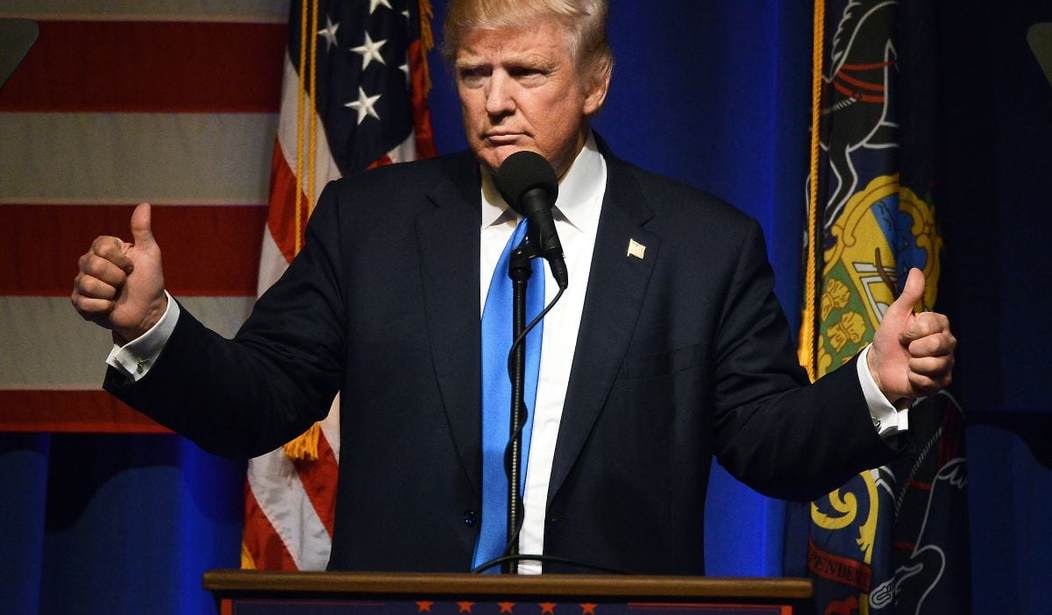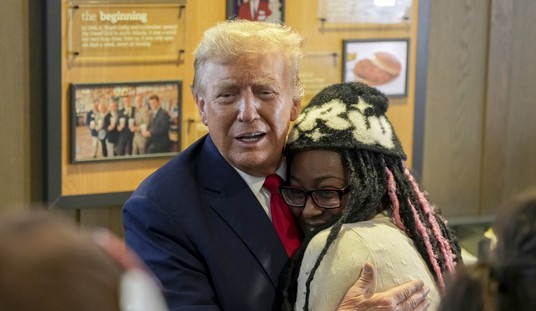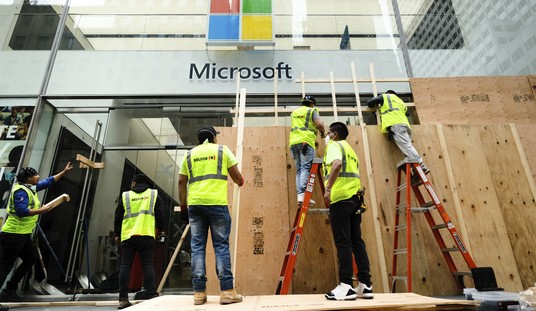President-elect Trump has asked his new team to look for up to 10% budget cuts for federal agencies and a 20% slash of federal workers.
Trump plans to hit the ground running to make good on his promise to shrink government. According to Paul Bedard of the Washington Examiner, the president-elect has two “landing teams” assigned to federal agencies who are already looking for ways to cut the fat in government.
The cuts would target discretionary spending, not mandated programs such as Medicare or Social Security, the sources said.
The spending reductions are expected to be used to help pay for Trump’s plan to boost the Pentagon’s budget, tax cuts and some pet projects, potentially including the anti-immigration wall on the nation’s southern border.
The teams also are looking at staffing cuts over four years through attrition, a hiring freeze and reorganization.
The plan is winning cheers in conservative, anti-tax and anti-spending corners in Washington that have long sought massive cuts in the bureaucracy.
Presidents rarely cut spending, choosing freezes instead. In the meantime, federal spending has reached historic levels. Trump has picked a budget hawk, Rep. Mick Mulvaney, to head the Office of Management and Budget, a clear sign that spending cuts are a top priority.
Still, Trump is likely to face a wall of opposition from Democrats and federal unions who consider much of the federal workforce on their side.
Nothing ever comes easy in Washington and Trump’s plan will be no different. Every federal program has its champions in Congress and special interest groups to defend it. Every member of Congress have their own ideas on what programs should be cut and which should be saved.
Even conservative Republicans have their pet programs. Getting to 218 in the House and 51 in the Senate on such an ambitious plan will be an incredible accomplishment if it can be done.
The key is that Trump will ignore the mandatory spending on entitlements, which make up about 60% of the budget, and concentrate on discretionary spending, which includes spending by the Pentagon. Since Trump has promised to increase military spending, there are no cuts to be made there. That leaves a paltry 16% of the budget dedicated to discretionary spending out of which Trump will try to wring a 10% cut in the overall $4 trillion budget.
Examples of other well-known programs paid for by discretionary spending include the early childhood education program Head Start (included in Housing & Community), Title I grants to disadvantaged schools and Pell grants for low-income college students (Education), food assistance for Women, Infants and Children (WIC), training and placement for unemployed people provided by Workforce Investment Boards (in Social Security, Unemployment and Labor), and scientific research through the National Institutes of Health (NIH) and National Science Foundation (NSF), among many others.
You might add spending on the NTSB, air traffic control, federal safety boards and agencies (OSHA, MSHA, FDA, FCC, consumer safety) and all the other agencies A-Z that are part of our out of control federal government.
Will Trump take a meat ax or a scalpel to the budget? It could probably use the meat ax but that wouldn’t fly in Congress. In fact, a likely outcome is that Congress nibbles around the edges of most agencies, cutting or reducing some programs and in the end, falling far short of the 10% the president-elect wants. It is here where Trump’s effectiveness as a communicator will be sorely tested as he tries to move a Republican Congress to do what they have been promising two generations of conservatives they would do; reduce the size and scope of government.
Congress will probably get closer to cutting the 20% of the federal workforce. Closing a few regional offices for some agencies, while eliminating some categories of workers while placing a freeze on future hires is possible and might significantly reduce the government workforce.
Previous presidents sought to cut the rate of growth in the budget. They measured success by how small an increase there was in the budget year to year. This is like congratulating a morbidly obese person for “only” gaining 10 pounds last month.
What’s needed, is a government diet where outlays are actually reduced year to year. A 10% reduction doesn’t have to happen all at once. It took us 60 years get get to where we are today with a bloated and out of control government so it’s unreasonable to expect drastic cuts over one year. But putting the budget on a glide path to sanity would be an accomplishment unrivaled by any of Trump’s predecessors who sought to tame the budget beast and force it back into its cage.









Join the conversation as a VIP Member